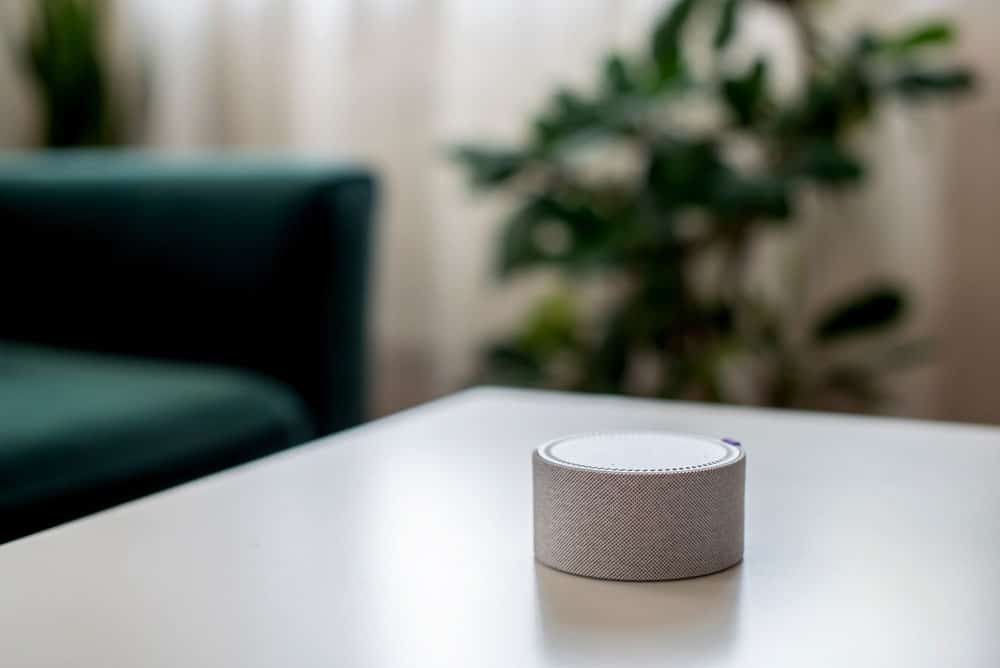Wireless vs. Bluetooth is not a common comparison. After all, we’re aware of the widespread misconception that Bluetooth and Wireless are the same technology for audio devices.
While it’s not entirely wrong, some differences exist between the two connection technologies. All Bluetooth devices are wireless, but not all wireless devices use Bluetooth.
This article will compare both technologies to extract things that make them different.
Are you ready? Let’s go!
Table of Contents
- Let’s Start with the Basics
- Wireless vs. Bluetooth: Headphones
- Wireless vs. Bluetooth: Speakers
- Rounding Up
Let’s Start with the Basics

Wireless technology
Bluetooth and wireless have been around for quite a while, with many updates redefining the audio output experience. However, the high similarity between these technologies made it tricky to tell them apart, creating the misconception that both are the same.
But the truth is wireless and Bluetooth has notable differences beyond convenience. We’ll look at these technologies from two standpoints: headphones and speakers.
Wireless vs. Bluetooth: Headphones

Wireless headphones
Let’s take a closer look at the differences between wireless and Bluetooth headphones.
Technology
The first thing that separates Bluetooth and wireless headphones is their technology. While wireless headphones transmit audio signals using radio waves or IR, Bluetooth models can only use radio waves to send and receive.
In addition, Bluetooth headphones pair with the phone, PC, or TV directly to enable wireless benefits. In contrast, wireless variants need a base connected to the audio source to receive signals.
Most wireless headphones have replaceable batteries, while Bluetooth models generally have built-in batteries.
Range
You can also distinguish wireless headphones from Bluetooth counterparts through their connectivity range. For Bluetooth devices, you typically have up to 30 meters before disconnection.
On the other hand, wireless headphones offer larger connectivity ranges, up to 300 meters. However, technological advancements have pushed Bluetooth ranges to 650 meters.
Note: You can only enjoy this extended range with Bluetooth 5.0.
Sound Quality
It’s a known fact that wired headphones have better performance when it comes to audio quality. Why? Because Bluetooth and Wireless technologies compress audio before it reaches the headphone.
Unfortunately, this compression takes out a chunk of the overall sound quality, leaving the audio flat. Moreover, manufacturers try to overcome this issue by adding headphones codecs to Bluetooth and wireless models.
Interestingly, it helps to enhance quality by converting compressed audio signals into high-quality sounds.
Latency is another issue that makes wireless and Bluetooth unsuitable for certain tasks, like watching videos. These headphones have slight delays when receiving audio signals from a source.
Compatibility
Bluetooth headphones take the win in terms of compatibility and connectivity. In truth, most available Bluetooth headphones can connect to all Bluetooth-compatible devices, regardless of the brand or model.
On the other hand, wireless variants mostly only connect to devices of the same brand.
Ease of Use
Bluetooth headphones have built-in chips that allow you to connect to other devices in minutes. In contrast, wireless models require plugging in a USB adapter before connecting to your devices.
Hence, Bluetooth devices are way easier to use than wireless headphones.
Wireless vs. Bluetooth: Speakers

Wireless speaker
Range and Convenience
Similar to headphones, Bluetooth speakers can connect devices within a short range. But it’s slightly different.
Bluetooth speakers are more prone to interruptions, especially when playing media from a smart device. App calls and background sounds will also transmit to the speaker.
In contrast, Wi-Fi speakers don’t have this problem. Although you can still use smart devices to control them, Wi-Fi speakers will play audio directly from your music collection or stream from the internet. More importantly, they only rely on the Wi-Fi signal’s strength.
Interestingly, you can connect Wi-Fi speakers to a main system, allowing multiple speakers to play audio all over your space. However, any smart device on the network can control these speaker models.
Audio Quality
Wi-Fi speakers offer better sound quality than Bluetooth variants. Why? Bluetooth compresses audio signals more than their wireless counterparts. Although HD versions exist, they’re only compatible with a few devices.
In contrast, Wi-Fi speakers use a different compression method that doesn’t reduce audio quality, allowing them to play high-res audio without issues.
Rounding Up
Although Bluetooth and Wireless technologies have similar operating styles, they’re more different than most people think. Wireless offers stable connections over longer ranges, while Bluetooth works perfectly for short-range audio transmission.
Bluetooth technology is also easy to use. It only requires pairing on the first connections, and the rest happens automatically. On the other hand, wireless requires USB sticks or stable Wi-Fi connections to provide a quality audio experience.
Do you have more questions? Feel free to ask us, and we’ll be happy to help.
